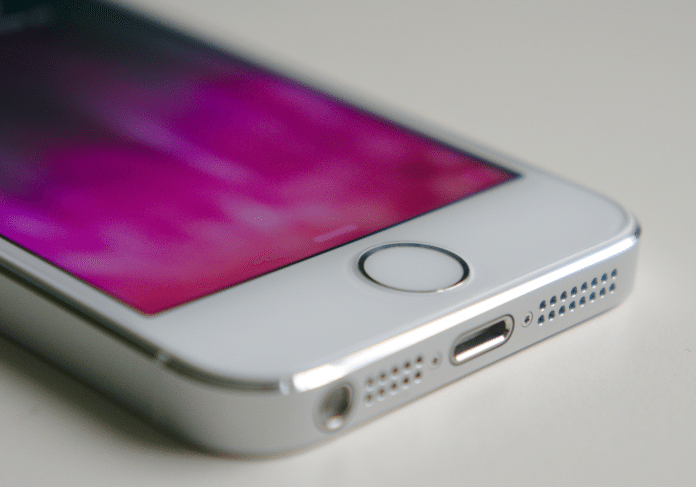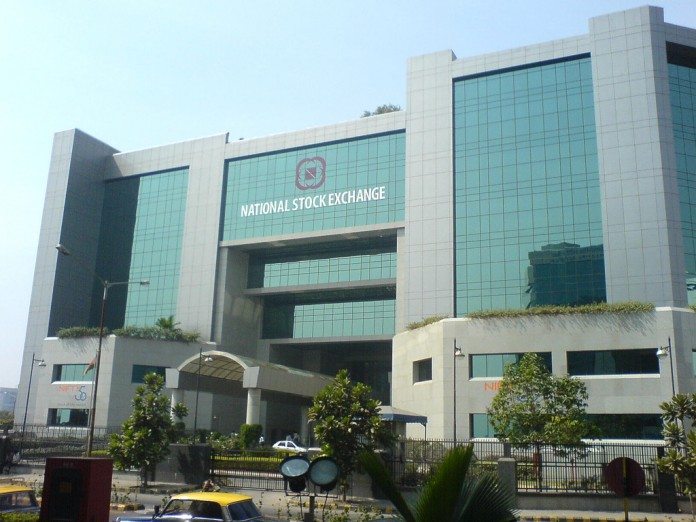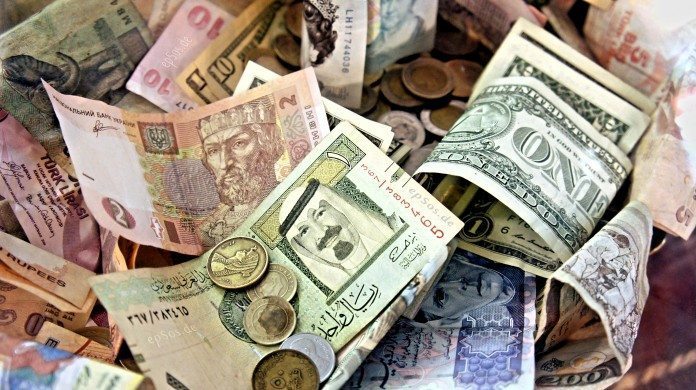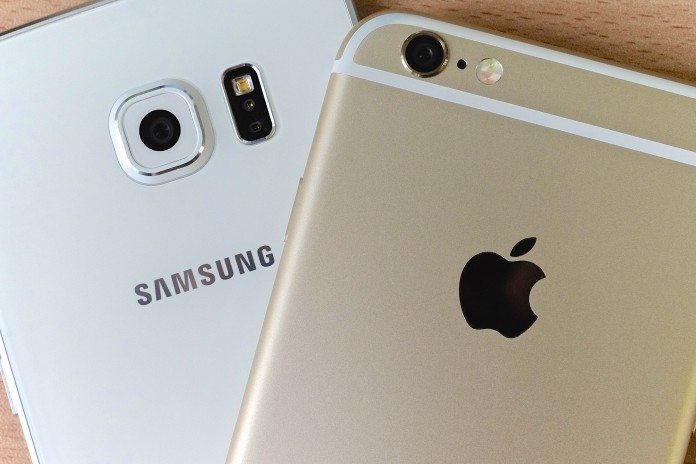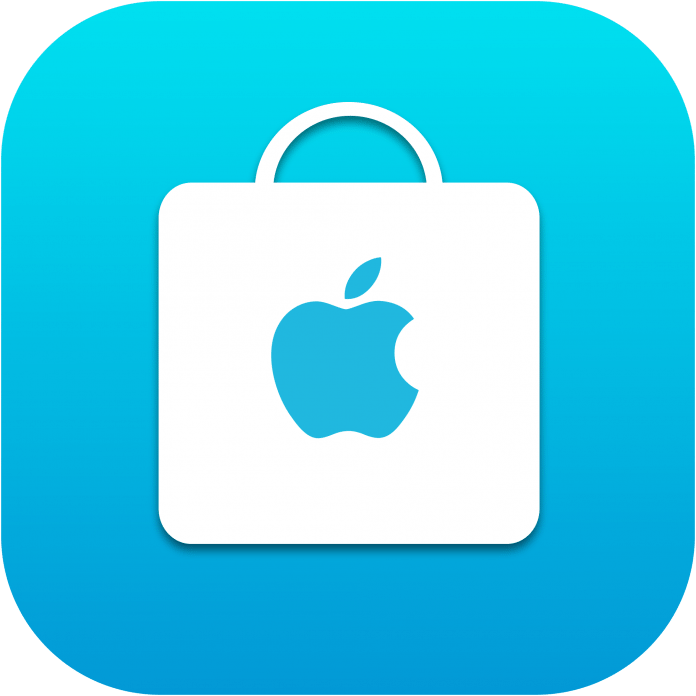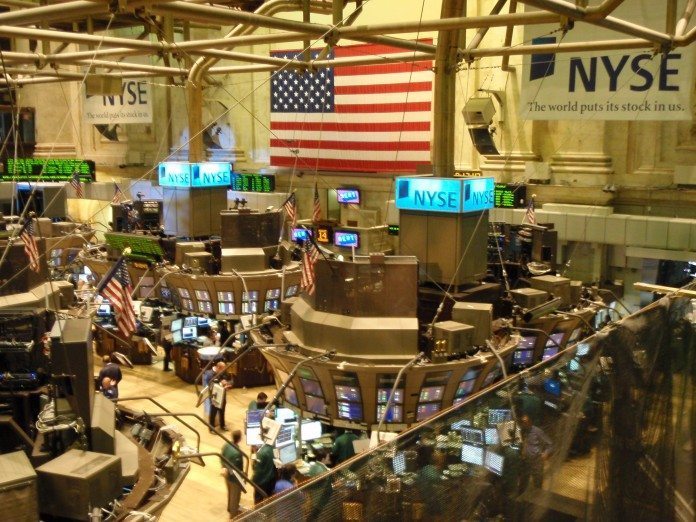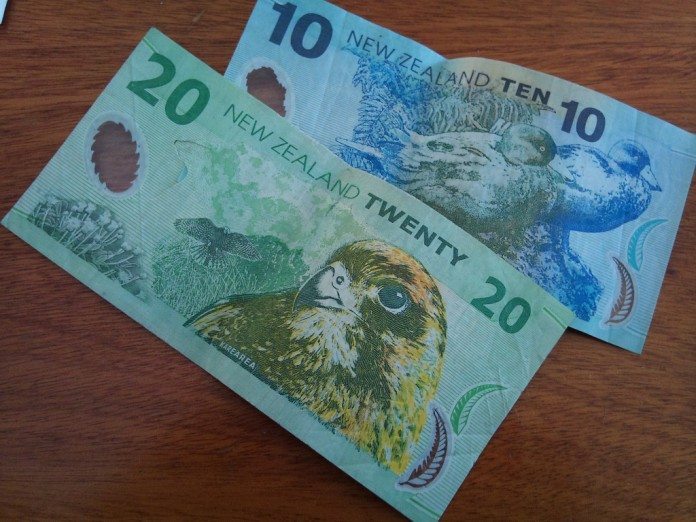In September last year, UK based private biotech Acacia Pharma announced its intention to go public with a £230 million IPO. A few weeks later, the company revised its IPO valuation to £150 million, and in October, announced it was delaying the IPO outright. Behind all this back and forth, the company was putting the finishing touches to a phase III in its lead candidate, Baremsis. The trial sort of took a back seat, with markets focusing on the capital environment surrounding Acacia and its operations. A couple of weeks ago, the company announced the topline from the phase III, with the drug meeting its primary endpoint ad demonstrating superiority of a number of currently available treatments. This complicated things somewhat. Why? Well, Acacia is in a rare position for a development stage biotech – it managed to get a drug through to phase III completion on venture capital alone. Now, however, it has hit a snag. The IPO market is still weak, so the company’s decision to hold off on an IPO likely still stands, even with the latest results announced. However, it doesn’t have enough money to mount an NDA and carry it through to the commercialization of Baremsis. The only options left, then, are selling up or partnering with a well capitalized company in one form or another.
In the US alone, more than 40 million people undergo surgery each year. Globally, this number rises to exceed 100 million. More than 30% of all cases experience post operative nausea and vomiting (PONV) – Baremsis’s target indication. In the US and Europe, the average cost to a patient to avoid PONV through the use of current treatment options is $100. Even at this low cost, it won’t take much market penetration for a drug with a superior profile to current SOC to notch up multi billion dollars’ worth of revenues. With this in mind, chances are only the biggest names in healthcare will be able to shell out the upfront payment for a collaboration deal, and even fewer will be able to afford an outright purchase of Acacia. Let’s try and slate up some potential suitors.
First, let’s quickly run over the drug itself, and put some efficacy numbers together that will support the NDA.
There’s a region in our brains called the chemoreceptor trigger zone (CTZ), which is the area that initiates vomiting. The way it does this is (and we’re simplifying this a bit) by communicating with a range of neurotransmitters that stimulate the CTZ based on certain pathogens, or other nausea inducing conditions, being present. One of these neurotransmitters is dopamine. Dopamine attaches to a receptor and essentially instructs the CTZ to initiate vomiting. Baremsis is an intraveneous formulation of a drug called amisulpride, which is a dopamine antagonist. It’s stops the dopamine/receptor connection, and in doing so, switches off the CTZ response.
In the phase III on which the NDA will be based, efficacy was measured against a primary endpoint of complete response, defined as no vomiting. The drug improved on the current SOC when used in conjunction, compared to just SOC administration – showing a 57.7% vs 46.6% complete response rate. Safety was no issue, and tolerability had already been determined. In short, there looks to be no reason the drug won’t get the green light – that is, if Acacia can outline a realistic commercialization strategy for the FDA. Which brings us nicely to potential suitors.
Most of the drugs in the space, and definitely the ones that Baremsis will likely target as co-administrations, are generic. There are a couple of forerunners in the space, however, when it comes to producing these generics.
First up, Teva Pharmaceutical Industries Limited (NYSE:TEVA). Teva produces the most widely sold generic version of the aforementioned SOC with which Baremsis was paired in the phase III, ondansetron. The company had just shy of $1 billion cash on its books at the end of Q3 2015, with a further $5 billion in accounts receivable – much of which has likely now realized. In short, it could afford Acacia, and would have a vested interest in commercializing Baremsis and marketing it as a booster on its current SOC product.
Another potential suitor is Sanofi (NYSE:SNY). Sanofi markets the drug metoclopramide under a variety of different guises globally, and with the rights to do the same with Baremsis, could also pitch the two therapies as a combination treatment for PONV with an improved efficacy and safety profile over single drug treatments. The company is also well capitalized, with a little over $7.5 billion reported at last count.

